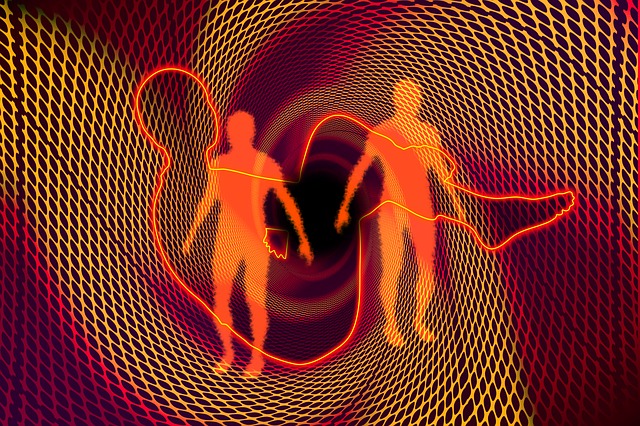Vy Le, international meditation teacher, provided a guided meditation podcast on Doorways to the Present Moment as part of the weekly meditation series offered by the Mindful Awareness Research Center (MARC), UCLA. Vy is the Founder and Managing Director of the In Wave Group dedicated to developing a culture of well-being and resilience in organisations through mindfulness practices.
In her MARC guided meditation Vy mentioned that she had qualifications in maths and computers and was heavily engaged in left-brain activities until she realised that she was “not really embodying her experiences” – being engaged in mental activity and not being aware of the present moment and all that it communicated. She reinforced Diane Winston’s definition of mindfulness as paying attention in the present moment not only with curiosity and openness but also with acceptance of what is.
Vy explained that our breath, five senses and our body provide ready access and the doorway to the present moment – if only we pay attention to them. We are so trained from our school days to pay attention to external sources, at the expense of “listening to ourselves”. We need to tune into what is going on in our inner landscape – incorporating our sensescape, bodyscape, heartscape and breathscape. Jon Kabat-Zinn in his book Coming to Our Senses teaches us ways to access our senses.
Vy makes the point that at any moment we are breathing, experiencing the world through our senses, having bodily sensations, and feeling emotions. If we just stop and focus on one of these doorways we can gain access to the numerous benefits of mindfulness, including calmness, ease and equanimity.
Guided meditation – exploring the doorways to the present moment
Through her guided meditation, Vy introduces us to each of the doorways to the present moment – breath, senses, bodily sensations and feelings:
- Breath – Vy begins with encouraging us to take a number of deep breaths and release our breath and related bodily tension through extended out-breaths. During the meditation, she explains how to tap into our breathing by focusing on the undulations in our chest or abdomen or consciously experiencing our in-breath and out-breath through our nose. She notes that at anytime or anywhere, we can access the natural flow of our breath through our body – always occurring in the present moment.
- Senses – as the meditation progresses, Vy encourages us first to tune into her voice then the sounds in our room and external sounds (our soundscape). She moves on progressively to focusing on our sense of smell, sight, touch and taste – the latter may involve sensing the taste of a recent coffee or elements of a meal. We so often overlook the sense of taste when we are eating – fixated as we often are on our thoughts and plans. Mindful eating can be one way to utilise the sense of taste to stay in the present moment rather than focus on the past or future.
- Bodily sensations – Vy encourages us to feel the sensations in our feet such as warmth, connectedness to the floor or earth, or a sense of solidity/security through groundedness. She then has us explore sensations in our own bodies – in our arms and legs (including the pressure of the chair on the back of our thighs), our chest and abdomen, and our face and forehead (releasing any frown or tightness). She suggests that we note any areas of tension or ease as we go. Vy also points out that by joining our fingers together we can sense the aliveness in our bodies through the resultant warmth, tingling and vibrations. This practice can also help us to tune into our breath simultaneously and assist us to increase our awareness at times of waiting (for example, when waiting for traffic lights).
- Heartscape – towards the end of the guided meditation, Vy encourages us to focus on our feelings, what is going on inside us. We may become aware of sadness, joy, disappointment, gratitude, resentment and even grief – emotions that have become clouded by the flurry of everyday life.
Reflection
Vy’s guided meditation offers practical ways to access the present moment through the doorways provided by our breath, senses, bodily sensations and feelings. We can grow in mindfulness by daily accessing these doorways to the present moment. This will require developing a mindset about the value and benefits of mindfulness and engaging in micro-practices on a regular basis so that we can develop the habit of being fully present to our experiences.
__________________________________
Image by John Hain from Pixabay
By Ron Passfield – Copyright (Creative Commons license, Attribution–Non Commercial–No Derivatives)
Disclosure: If you purchase a product through this site, I may earn a commission which will help to pay for the site, the associated Meetup group, and the resources to support the blog.









